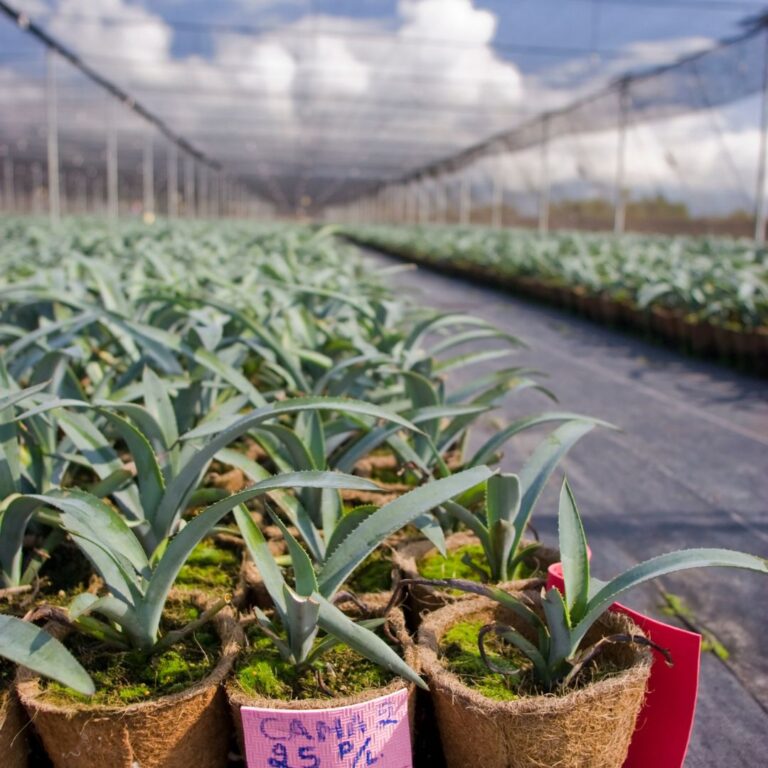Tall Evergreen Shrubs: Enhancing Your Garden with Low-Maintenance Greenery

Tall evergreen shrubs are an essential component to many landscapes, as they provide year-round color, texture, and structure. These versatile plants range in size and can grow in a variety of environments, making them a popular choice for gardeners and landscapers alike. Featuring dense foliage and striking blooms or berries, tall evergreen shrubs create a visually appealing addition to any outdoor space.

When selecting the perfect tall evergreen shrub for your garden, consider factors such as the desired size, the amount of light available, and the required maintenance. These shrubs thrive in a range of light conditions from full sun to partial shade, and even shade, with some species requiring more sunlight than others. Additionally, it’s essential to research the specific needs and preferences of each shrub species, as factors such as soil type, watering, and pruning can differ from one plant to another.
Key Takeaways
- Tall evergreen shrubs offer year-round visual interest and adapt to various environments
- Consider factors like size, light conditions, and maintenance when selecting the perfect shrub for your garden
- Some shrub species may have specific needs regarding soil type, watering, and pruning
Popular Varieties of Tall Evergreen Shrubs
As we explore the world of tall evergreen shrubs, it’s important to understand the different types and their unique characteristics. In this section, we will cover some popular varieties, focusing on two main categories: Conifers and Broadleaf Evergreens.
Conifers and their Characteristics
Conifers are commonly associated with needle-like leaves and cones. They are well-suited for colder climates and provide year-round color and structure to the landscape. Some of the more popular coniferous evergreen shrubs include:
- Juniper (Juniperus communis and Juniperus chinensis): With diverse shapes and sizes, junipers provide excellent options for hedges, ground covers, or accent plants. The versatile ‘Sky Pencil’ variety remains narrow and upright, making it an ideal choice for small spaces.
- Yew (Taxus species): Known for their dense, dark green foliage, yews are a popular choice for hedges and topiary. Hicks yew, in particular, is a popular tall evergreen option.
- Arborvitae (Thuja occidentalis): With its pyramidal shape and rich green color, arborvitae makes an excellent privacy screen or windbreak in the landscape.
- Spruce, Fir, and Hemlock: Though better-known as large trees, dwarf varieties of spruce, fir, and hemlock offer appealing options for compact gardens or containers.
- Mugo Pine (Pinus mugo): While not as tall as some other options, mugo pine adds low-maintenance texture and interest to the landscape.
Broadleaf Evergreens and What Sets Them Apart
Broadleaf evergreens, as opposed to conifers, have non-needle-like leaves that remain on the plant throughout the year. Some of the most popular broadleaf evergreen shrubs include:
- Boxwood (Buxus species): Known for their dense, small-leaved foliage, boxwoods are often used as hedges or topiary. They can be easily pruned to maintain their shape.
- Rhododendrons and Azaleas (Rhododendron species): Famously showy blooms set these shrubs apart. They also boast attractive, dark green foliage in various sizes and shapes, making them a popular choice for many gardens.
- Japanese Holly (Ilex crenata) and Blue Holly (Ilex x meserveae): With their glossy, dark green leaves, these hollies are striking year-round. In addition, they produce small, inconspicuous flowers and attractive berries that provide winter interest.
- Camellia (Camellia species): Lush, glossy leaves and large, showy blooms make camellias a beloved choice for southern gardens. Varieties like the Japanese camellia (Camellia japonica) and Gardenia jasminoides work well in warmer climates.
- Oregon Grape (Mahonia species) and Mountain Laurel (Kalmia latifolia): These native plants boast uniquely textured and shaped leaves, providing multi-season interest in the landscape.
- Japanese Pieris (Pieris japonica) and Oleander (Nerium oleander): Both of these shrubs display eye-catching clusters of flowers that attract pollinators and brighten up gardens.
With so many tall evergreen shrubs available, it’s easy to find options that suit your specific climate, landscape, and design preferences. Whether you’re looking for privacy, winter interest, or a touch of color, there’s a perfect evergreen shrub waiting for you.
Cultivation and Maintenance of Tall Evergreen Shrubs
Tall evergreen shrubs are an excellent choice for creating hedges, landscape designs, and foundation plantings. In this section, we will provide planting suggestions, practical pruning tips, and information about optimal growing conditions to help you cultivate and maintain these beautiful plants.
Planting Suggestions
When selecting tall evergreen shrubs for your garden, consider their mature height and growth habits. Some popular options include gardenia, conifers with needle-like leaves, and broadleaf evergreens such as azaleas and mountain laurel.
We recommend planting these shrubs in well-drained, acidic soil. Also, provide adequate spacing between plants, allowing for their eventual growth.
Here are some examples of tall evergreen shrubs:
- Gardenia: Known for their fragrant, bell-shaped flowers, gardenias make excellent flowering shrubs for borders and formal hedges.
- Azaleas and Mountain Laurel: These broadleaf evergreens have showy, scented flowers and thrive in moist, acidic soil.
- Conifers: These are often fast-growing, producing needle-like foliage and providing excellent screening and privacy.
Practical Pruning Tips
Regular pruning is crucial for maintaining the shape and health of your tall evergreen shrubs.
- Most evergreens, like boxwood or euonymus japonicus, should be pruned in early spring, just before new growth starts.
- For flowering evergreen shrubs such as azaleas, prune after they have finished blooming to encourage further flowering.
- Remove dead or damaged branches to maintain the shrub’s overall health and appearance.
- When shaping hedges, always prune the top narrower than the base to ensure sunlight reaches the lower branches.
Optimal Growing Conditions
Tall evergreen shrubs require specific growing conditions to thrive. Some essential factors to consider include:
- Sunlight: Most evergreens prefer full to partial sun. However, some species like azaleas and laurels can tolerate partial shade.
- Soil: Acidic, well-draining soil is generally recommended for evergreen shrubs. Mountain laurel, for example, requires moist, acidic soil to grow optimally.
- Water: Regular watering is essential, especially in the first year after planting. Be careful not to overwater, as it can lead to root rot.
- Mulch: Applying mulch around the base of the shrub helps retain moisture and suppress weed growth. Avoid piling mulch directly against the stem to prevent rot.
By following these suggestions and tips, we’re confident that your tall evergreen shrubs will thrive, enhancing your landscape design and providing year-round interest.


